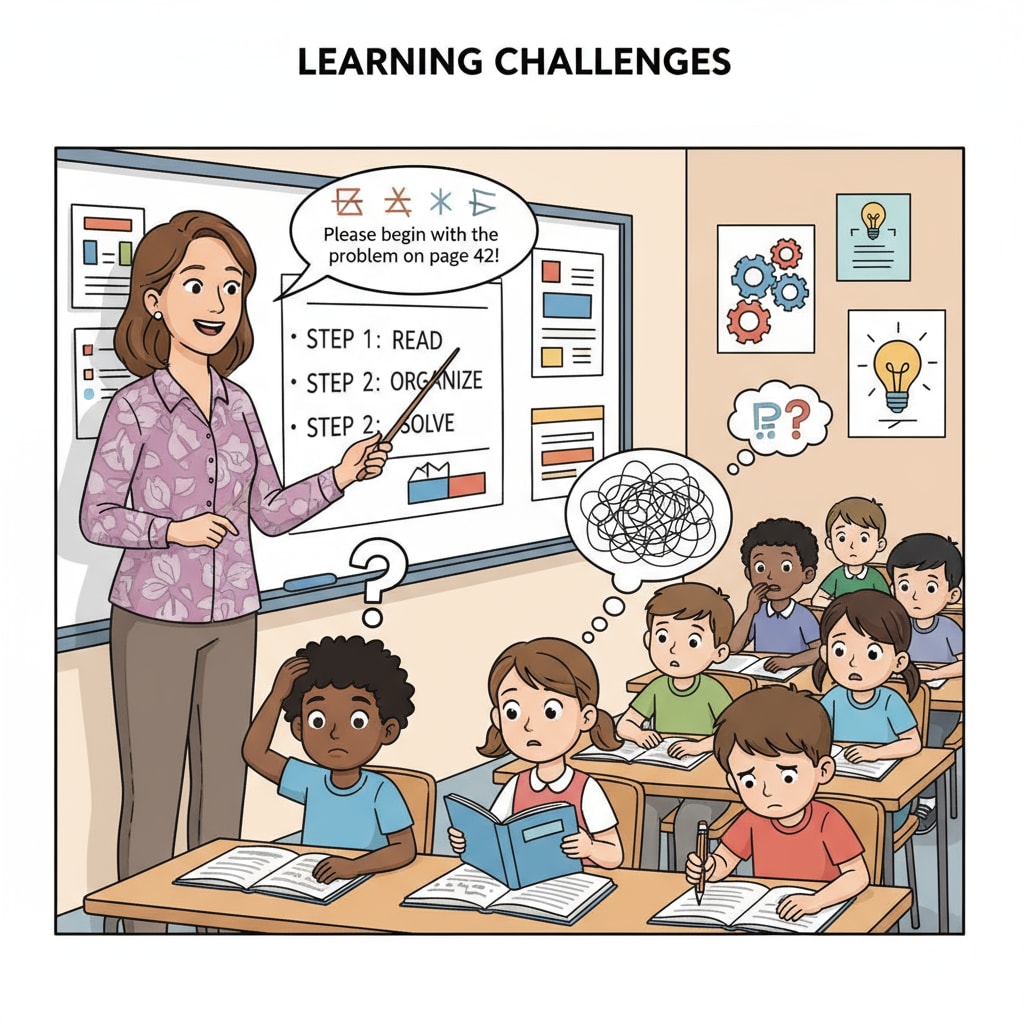Teaching difficulties, students not following instructions, special education, and teaching strategies are crucial aspects of modern education. In the classroom, educators often encounter situations where students struggle to comprehend and adhere to instructions. This can be particularly challenging in the seventh grade, where students are transitioning from elementary to middle school.

As an educator, it’s essential to understand the root causes of this issue and implement effective strategies to address it.
Understanding the Root Causes
There are several reasons why seventh-grade students may not follow classroom instructions. One common factor is the complexity of the instructions themselves. If the directions are too long, unclear, or filled with jargon, students may become confused and fail to understand what is expected of them. Additionally, some students may have learning disabilities or attention issues that make it difficult for them to focus and process information. Understood.org provides valuable resources on learning differences and how they can impact a student’s ability to follow instructions.

Implementing Clear and Concise Instructions
To overcome the challenge of students not following instructions, it’s crucial to provide clear and concise directions. Use simple language and break down complex tasks into smaller, more manageable steps. For example, instead of saying, “Complete the worksheet on page 56 and submit it by the end of class,” you could say, “First, turn to page 56. Then, read the questions carefully and write your answers. Finally, when you’re done, hand in your worksheet.” This approach makes it easier for students to understand what they need to do. Teachhub offers a wealth of teaching strategies for improving instruction clarity.
Another important aspect is to ensure that students are paying attention before giving instructions. Make eye contact, call their names, or use a signal to get their attention. Once you have their focus, repeat the instructions and ask if there are any questions. This helps to confirm that students understand what is expected of them.
Readability guidance: By understanding the root causes of students not following instructions and implementing clear and concise instructions, educators can begin to address this common teaching difficulty. These strategies, along with those related to special education and classroom management, can help create a more productive learning environment.


